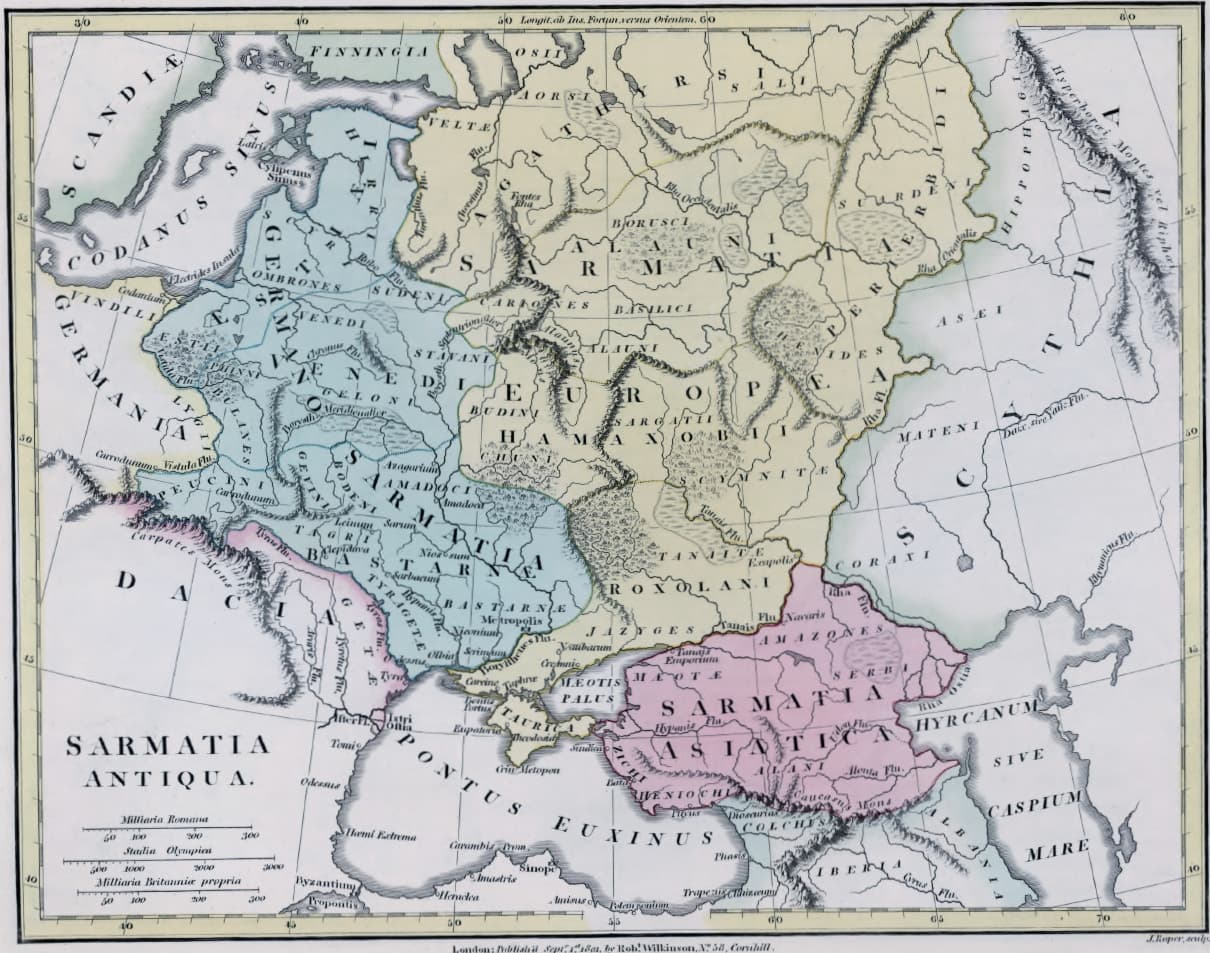Sarmatian Tribe | Europe’s most forgotten nomadic peoples
Ancient “Forgotten” Sarmatian Tribe in Europe Was Mostly Men From the Steppes, DNA Reveals
A massive genetic study of 156 ancient genomes shows that the Sarmatians who settled in the Carpathian Basin came from the Urals and Kazakhstan—and survived the Huns’ arrival.
A new genetic study has resurrected one of Europe’s most forgotten nomadic peoples: the Sarmatians. These steppe warriors dominated the Pontic steppes and the Hungarian Plain for centuries, but until now, little was known about their origins and migrations.
Using 156 ancient genomes from individuals who lived between the 1st and 5th centuries CE in Hungary and the Carpathians, an international team led by Oszkár Schütz and Tibor Török traced where these mysterious nomads came from—and how they survived centuries of upheaval.
The Sarmatians emerged south of the Urals between the 4th and 2nd centuries BCE. Over time, they expanded westward, displacing the Scythians, and eventually crossed the Carpathians to settle in today’s Romania and Hungary.
Despite their military power and interactions with the Roman Empire, they were largely forgotten by history. According to the study, the Sarmatians are not claimed as ancestors by any modern European nation and remain a lost ancient people.

DNA tells a surprising story
The team analyzed 156 genomes and discovered that Sarmatians in the Carpathian Basin had mostly European ancestry, similar to local Celtic and Scythian populations. But there was a twist: a small but significant East Asian component, proving that they were migrants from far away.
Statistical analyses confirmed the steppe origin. Hungarian Sarmatians descended directly from the Urals and Kazakh steppes, while Romanian Sarmatians acted as a genetic bridge, gradually mixing with local populations as they moved west.
Using identical-by-descent (IBD) analysis, researchers found long-range family connections spanning the steppes, Romania, and Hungary. For instance, a woman buried in Hungary shared DNA segments with a Sarmatian woman from the Pontic steppes, who in turn shared DNA with individuals from the Urals and Romania. These findings show that Sarmatians were deeply interconnected despite the vast distances.
Mostly men migrated
Analysis of Y-chromosomes revealed that male Sarmatians from the steppes dominated the migration westward, particularly those carrying haplogroup R1a-Z93, while female lineages remained mostly local. In other words, the Sarmatian migration seems to have been driven largely by men, who mixed with local women as they settled.
SOURCES
Schütz, Oszkár et al., Unveiling the origins and genetic makeup of the “forgotten people”: A study of the Sarmatian-period population in the Carpathian Basin. Cell, Volume 188, Issue 15, 4074 – 4090.e11. DOI: 10.1016/j.cell.2025.05.009





Comments
Post a Comment
leave a message please